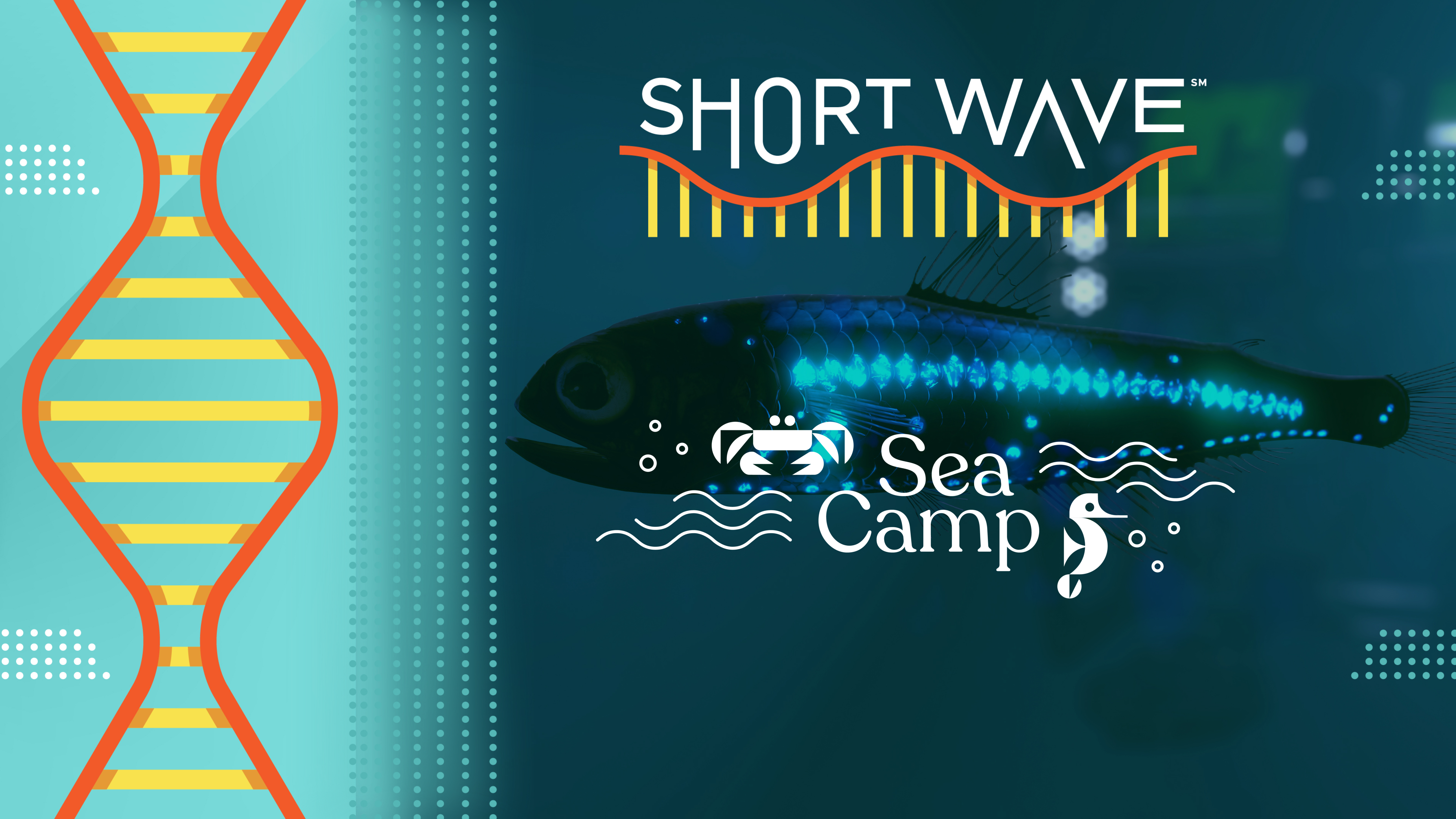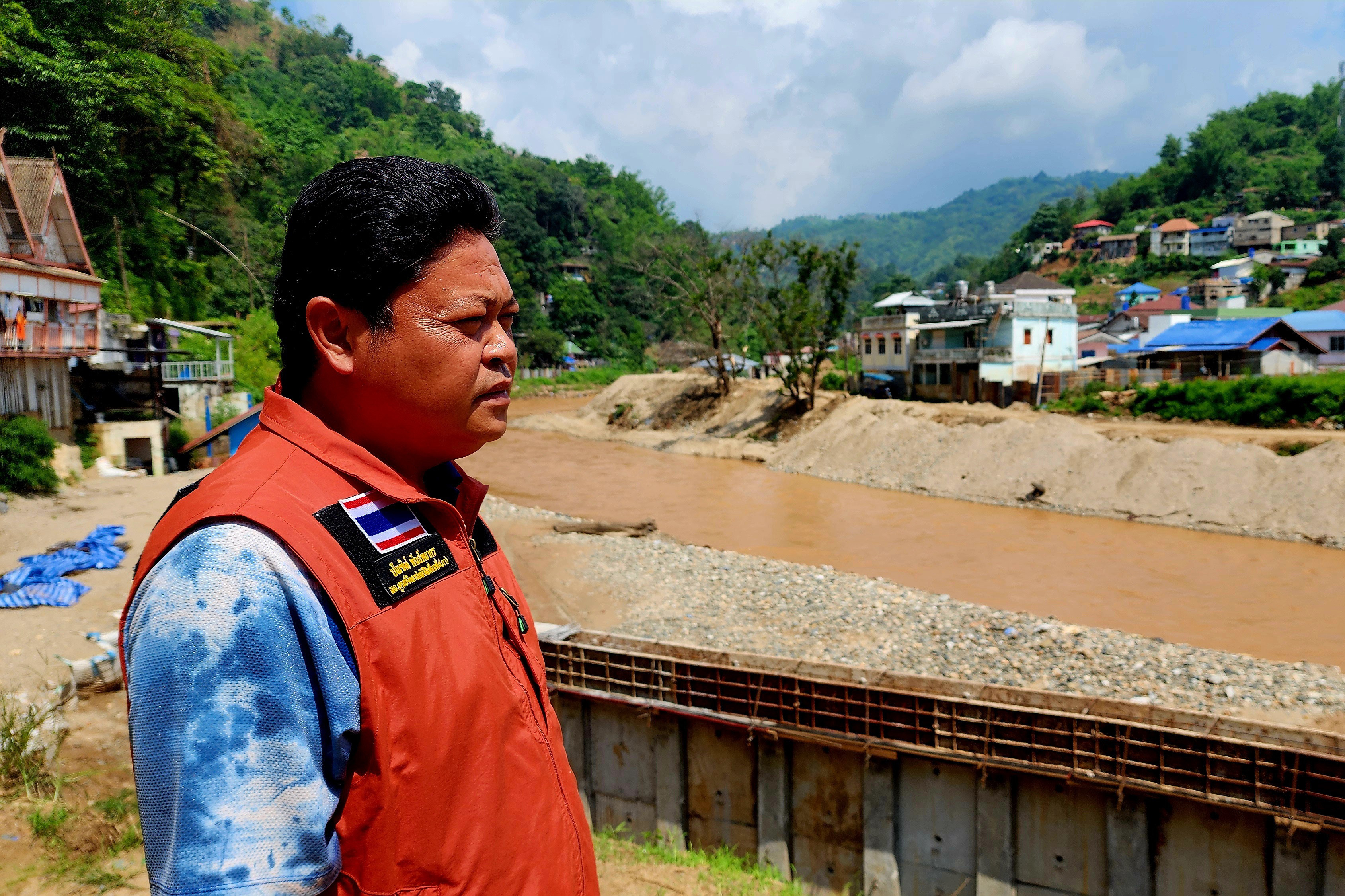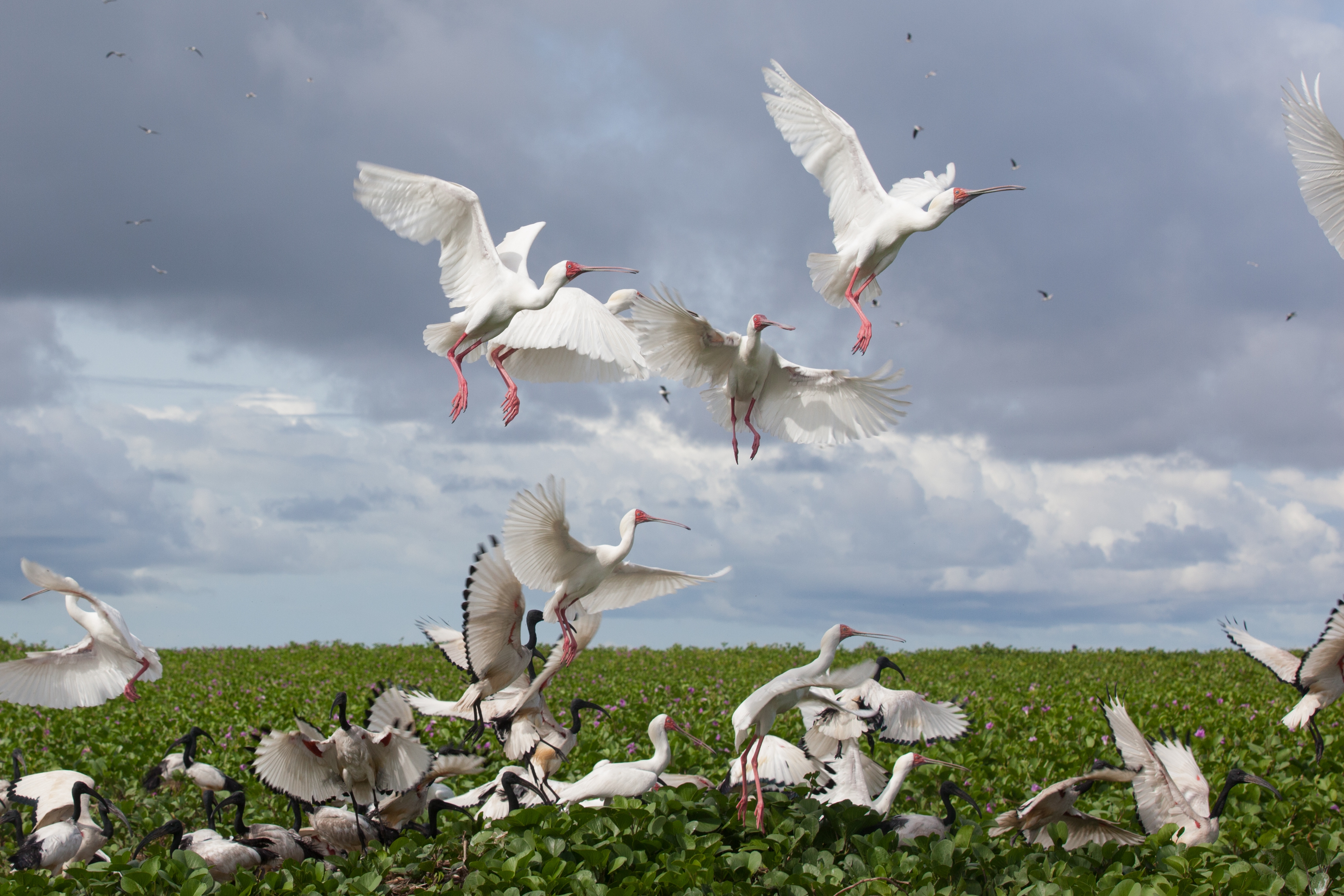Summers are getting hotter. Here's how experts say to cope with it

Much of the country is deep in the middle of a heat wave right now. And every summer, Duane Stilwell's town in Arizona seems to get hotter. It has him worried — and he's not the only one. Since 1980, the average number of heat waves in the U.S has doubled and the average length of a heat wave season has increased from 40 days to 70. Future summers, experts say, will be even hotter. But why exactly is that happening, and what can people do to protect themselves from the heat?
This episode is part of Nature Quest, a monthly segment that answers listeners' questions about their local environment. If you have a question, send a voice memo to shortwave@npr.org that includes it, your name and where you live. We might make it into our next Nature Quest episode!
Listen to every episode of Short Wave sponsor-free and support our work at NPR by signing up for Short Wave+ at plus.npr.org/shortwave.
(Image credit: Artur Debat)










